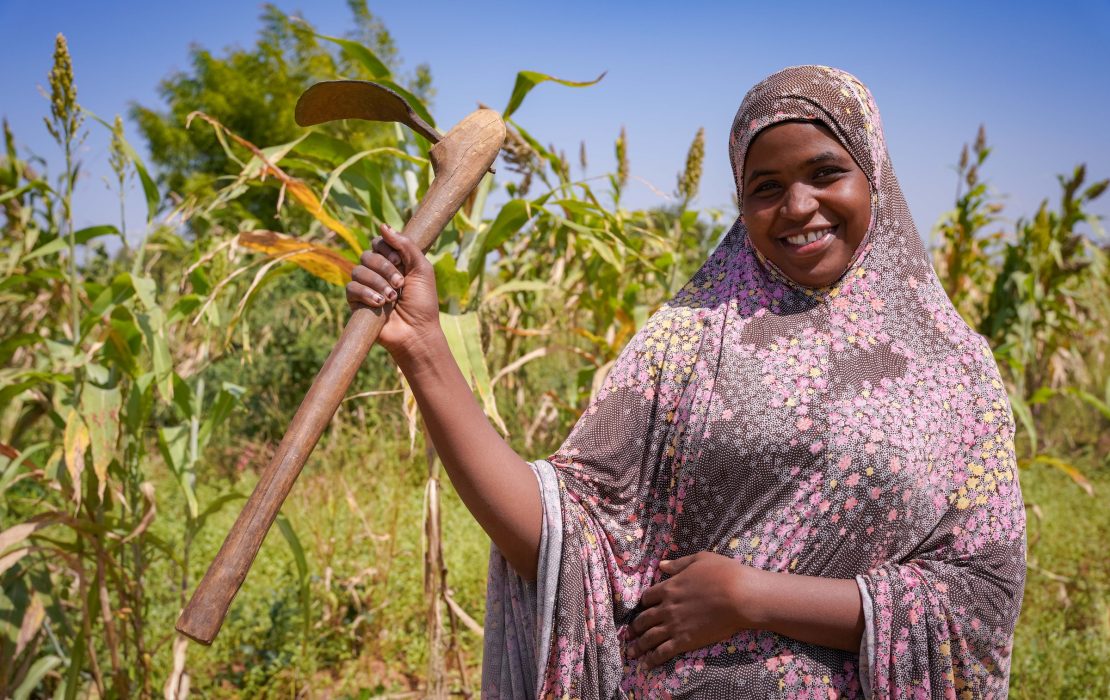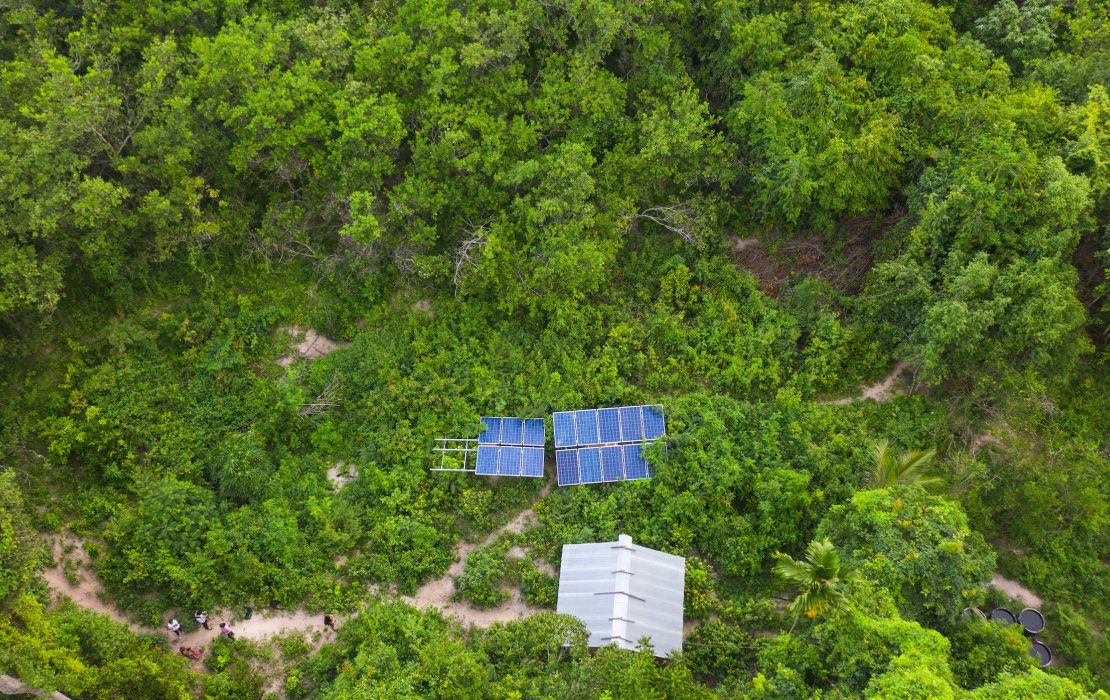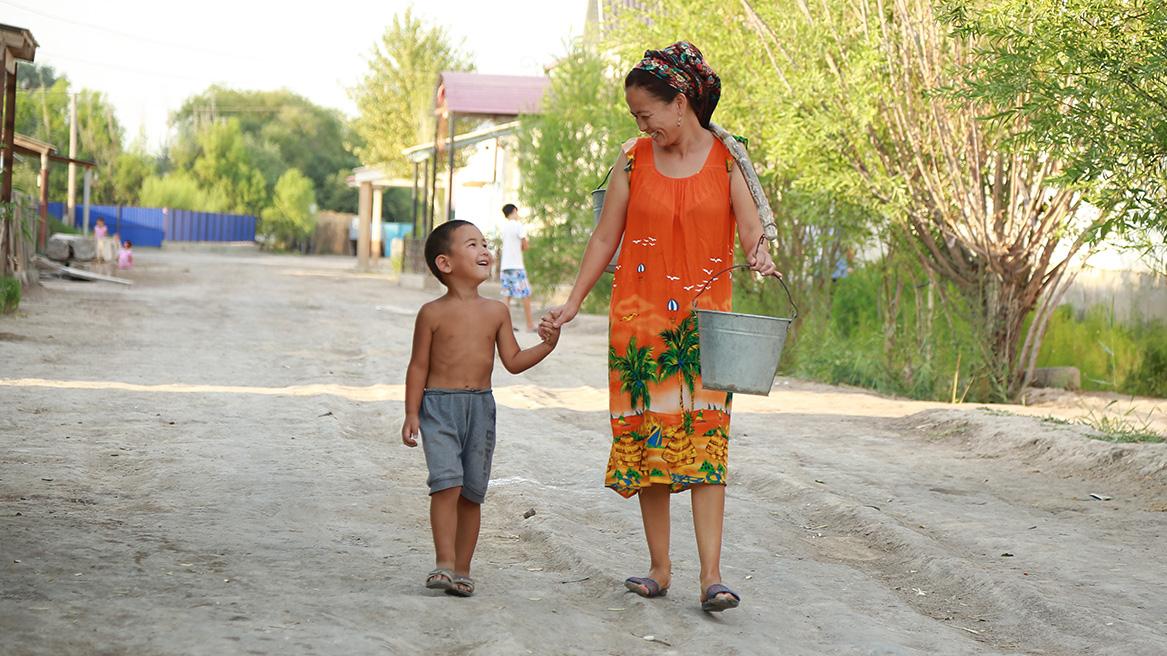
Safe drinking water in the Khojamet community, Uzbekistan. Photo: Arslan Kannazarov / UNDP Uzbekistan
Note: This piece was originally published on Modern Diplomacy.
How 3 countries are tackling the water crisis and supporting their national climate pledges
If forests are the ‘lungs’ of our planet; absorbing twice as much carbon as they emit each year, then we can think of water as our planet’s central ‘nervous system’ - linking life across landscapes, and sustaining agriculture and ecosystems, as well as humankind.
This ‘nervous system’ – already under immense anthropogenic pressure - is highly vulnerable to climate change. Rising temperatures result in prolonged droughts and floods, while extreme weather conditions are causing irreversible changes to the planet’s hydrological conditions (from glacier melts to river flows to the deterioration of water quality across the globe.)
What is less obvious about climate change impacts on the water sector is that they have a ripple effect on so many other sectors: crops and land use, livestock, industrial activities, coastal development, health, and more. As water sources disappear, for example in landlocked countries like Uzbekistan, Bhutan and Zambia, this will have devastating consequences on sustainable agriculture, food security, and energy production.
That’s why, through UNDP’s Climate Change Adaptation team, we are working to link countries’ National Adaptation Plans (NAP) processes and their national climate plans or Nationally Determined Contributions (NDCs) under the Paris Agreement. An integral part of this linkage is to ensure the activities carried out under the NAP are feeding into and supporting the deliverables outlined in the country’s NDC.
The NAP is a national process for strengthening a country’s ability to adapt to the impacts of climate change and is often organized by sector. As water is integral for the functioning of human society and most economic sectors, it serves as a unique connector for inter-sectoral approaches. The examples below showcase how countries are incorporating water considerations in their NAPs and, in doing so, can feed this work into the adaptation goals outlined in their NDCs.

The unsustainable use of the Aral Sea’s natural resources has led it the worst shrinking since the 1960s. The sea is now 10% of its original size, with disastrous effects to the region’s environment and economy. Photo: UNDP Uzbekistan
The Aral Sea in Uzbekistan
Uzbekistan has already experienced serious issues with water shortages, soil salinity and erosion. Once home to the world’s fourth largest body of inland water, the Aral Sea continues to disappear at an alarming rate – with 80 percent loss in volume and 64 percent loss in depth over the past four decades. In December 2020, Uzbekistan received USD 1.6 million in funding from the Green Climate Fund (GCF) to launch a sector-driven National Adaptation Plan with support from UNDP.
This multi-year initiative focuses on supporting the most climate-affected sectors to adapt to climate change, like agriculture, water, health, buildings and emergency management, all in the targeted provinces of the Aral Sea region. Key activities include strengthening multi-sectoral coordination, consolidating climate data, integrating climate change adaptation into planning and budgeting and conducting economic appraisals for adaptation options.
These activities contribute to advance the adaptation component in Uzbekistan’s NDC, i.e., to create ‘adaptive measures for agriculture and water management, social sector, ecosystems, strategic infrastructure and production systems, as well as actions to mitigate the consequences of the Aral Sea disaster.’
Closely connected to the climate response, is the development of a national strategy for transition to a green economy, which aims to significantly increase water-use efficiency in all sectors of the economy, introduce drip irrigation technologies on up to 1 million hectares of lands, and increase yield of crops cultivated on this land by up to 20-40 percent.
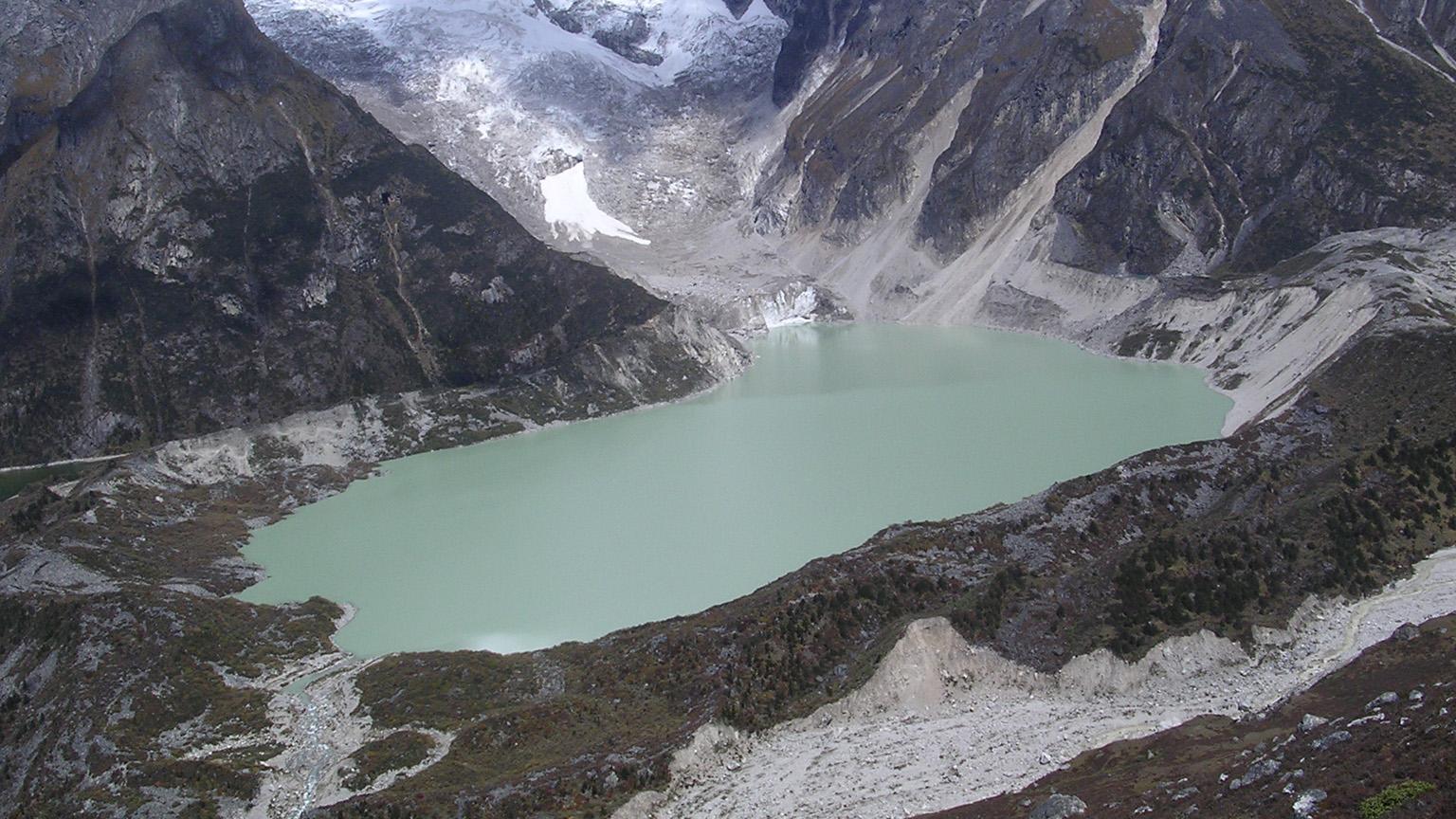
Glacier lakes in Bhutan. Photo: UNDP Bhutan
Glacier Lakes in Bhutan
Due to increased global temperatures, Bhutan’s glacier lakes are melting and causing outburst flooding, landslides, and erosion from intense rainfall for Himalayan communities. The country’s economy is very dependent on two climate-sensitive sectors: agriculture and hydropower. The impact water shortages are having on irrigation is greatly affecting agriculture and causing delayed harvests as seasons shift and decreased yields. For Bhutan, water is considered a national priority.
To support Bhutan’s ability to adapt to climate change in this region, the GCF has approved USD 3 million in readiness funding to prepare a National Adaptation Plan with a focus on the water sector, with UNDP support. One of the activities underway in this multi-year initiative is a water-specific risk assessment on a national scale to evaluate and identify hotspots for water adaptation in each of the 20 districts of Bhutan.
For effective medium term adaptation planning, it is crucial for national stakeholders to understand how climate variability and change is already leading to water issues. The risk assessment looked at how water issues have developed historically, and how they are projected to change in the future. This is a key part of climate adaptation planning because it helps inform the most appropriate strategies to cope with climate risks in the water sector across districts.
In terms of long-term adaptation planning and in partnership with UNDP’s larger body of climate adaptation work, Bhutan is also implementing a USD 25.3 million GCF-funded project on climate-resilient agriculture. The project is primarily benefiting rural communities through applying sustainable land and water management practices, more climate-resilient irrigation and agriculture and climate-resilient roads.
Bhutan’s revised NDC plans to increase overall water security through integrated water resource management and notes water as a priority adaptation need. As part of the implementation of its NDC, various outputs from the NAP process (such as the water-specific risk assessment) will contribute to the advancement of Bhutan’s NDC commitments.

Women rice farming in Zambia. Photo: Georgina Smith / UNCG Zambia
Lake Kariba in Zambia
Home to the world’s largest artificial lake, Zambia has witnessed Lake Kariba’s water levels drop by six meters in the past three years. About half of Zambia’s total electrical power comes from a dam connected to Lake Kariba, which is an important source of low-carbon power in the country and region. Climate change is causing a two-fold effect in Zambia: months of drought are followed by sporadic torrential rains that are destroying crops and infrastructure.
In March 2020, Zambia’s National Adaptation Plan proposal was approved by the GCF for USD 2.18 million in funding. The NAP project is being supported by the Global Water Partnership and is being implemented in two phases. Phase one focuses on the development of the country’s overarching NAP to strengthen long-term coordination between adaptation planning at the national level, while also fostering synergies with subnational and sector-focused planning. Phase two is the development of a NAP for the water sector’. Zambia recognizes water as a connector – essential to all sectors and is pioneering a NAP that focuses exclusively on building resilience across water-sensitive sectoral plans in Zambia, such as energy, health and agriculture.
To help safeguard Zambian farmers engaged in traditional rainfed agriculture, the Government of Zambia partnered with UNDP, WFP and FAO for a seven-year conservation agriculture project that is co-financed for USD 137.3 million with the GCF. To date, the project has established 76 farmer field schools in eight districts and has trained 2,300 small scale farmers in climate resilient farming techniques. Together with this locally driven work, the project supports Zambia’s NDC to build resilience in agriculture and food security to reduce poverty.
Through Climate Promise support in 2022 and beyond, UNDP will strategically support countries to reach their adaptation goals, including those for water security. UNDP aims to do so though cross-sectoral support, including on nature-based solutions, forests, agriculture, energy, and water management.
Climate change and its impacts already touch everything and everyone – but not equally. The compounding effects of climate change on the water sector has significant reach because ultimately as water resources disappear, drinking water and crop production are feeling the impacts first, causing stress on global supply chains, forcing rural communities into migration and leading to greater food insecurity in least developed and developing countries.
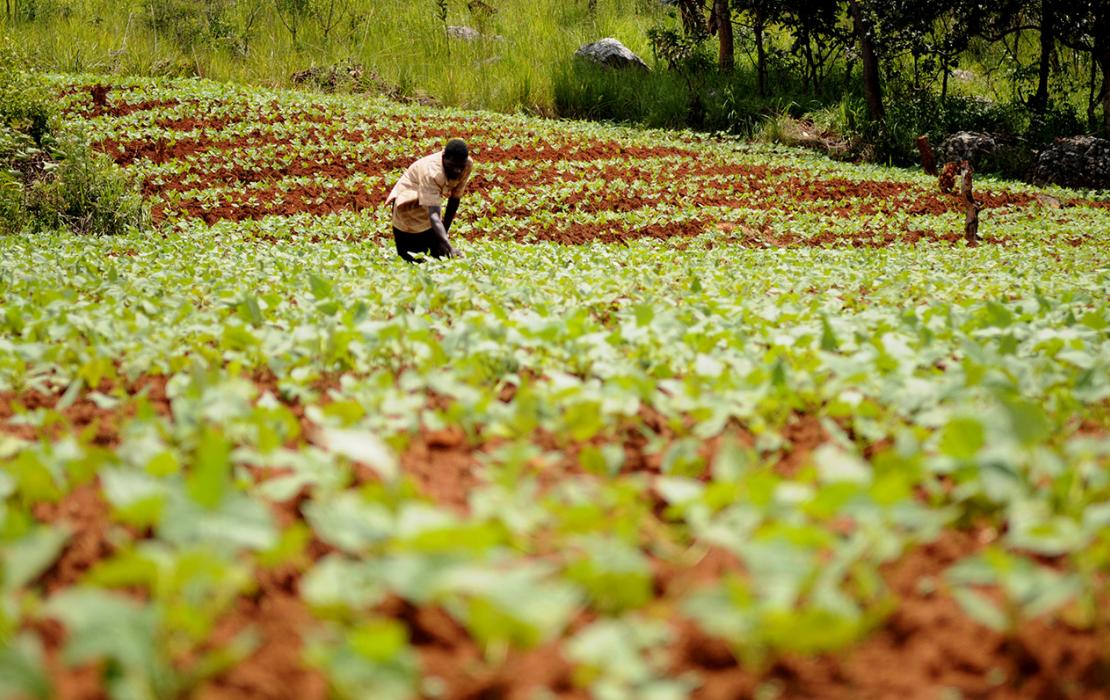
Photo: Georgina Smith / UNCG Zambia

Photo: Georgina Smith / UNCG Zambia
***
Editor’s note: Building on the experiences and lessons from a portfolio of initiatives in over 137 countries, UNDP advances a ‘whole-of-society' approach to accelerate adaptation and continues to support countries to mobilize public and private finance to implement their adaptation priorities. UNDP is currently supporting 50 countries to implement adaptation planning programmes. These include NAP projects funded under the GCF Readiness Programme, the FAO-UNDP Scaling up Climate Ambition in Agriculture and Land Use through the NDC and NAPs (SCALA) supported by the BMUV and the EU-UNDP Africa Adaptation Initiative for enhancing climate adaptation on the continent.
UNDP’s Climate Promise has supported 120 countries to enhance their NDCs, including on adaptation, with over 90% of enhanced NDCs submitted in 2020 and 2021 containing adaptation components. UNDP’s Climate Promise and the NAP Portfolio support countries to enhance not only their high-level climate plans but also to prepare more detailed activities to scale up adaptation implementation.
